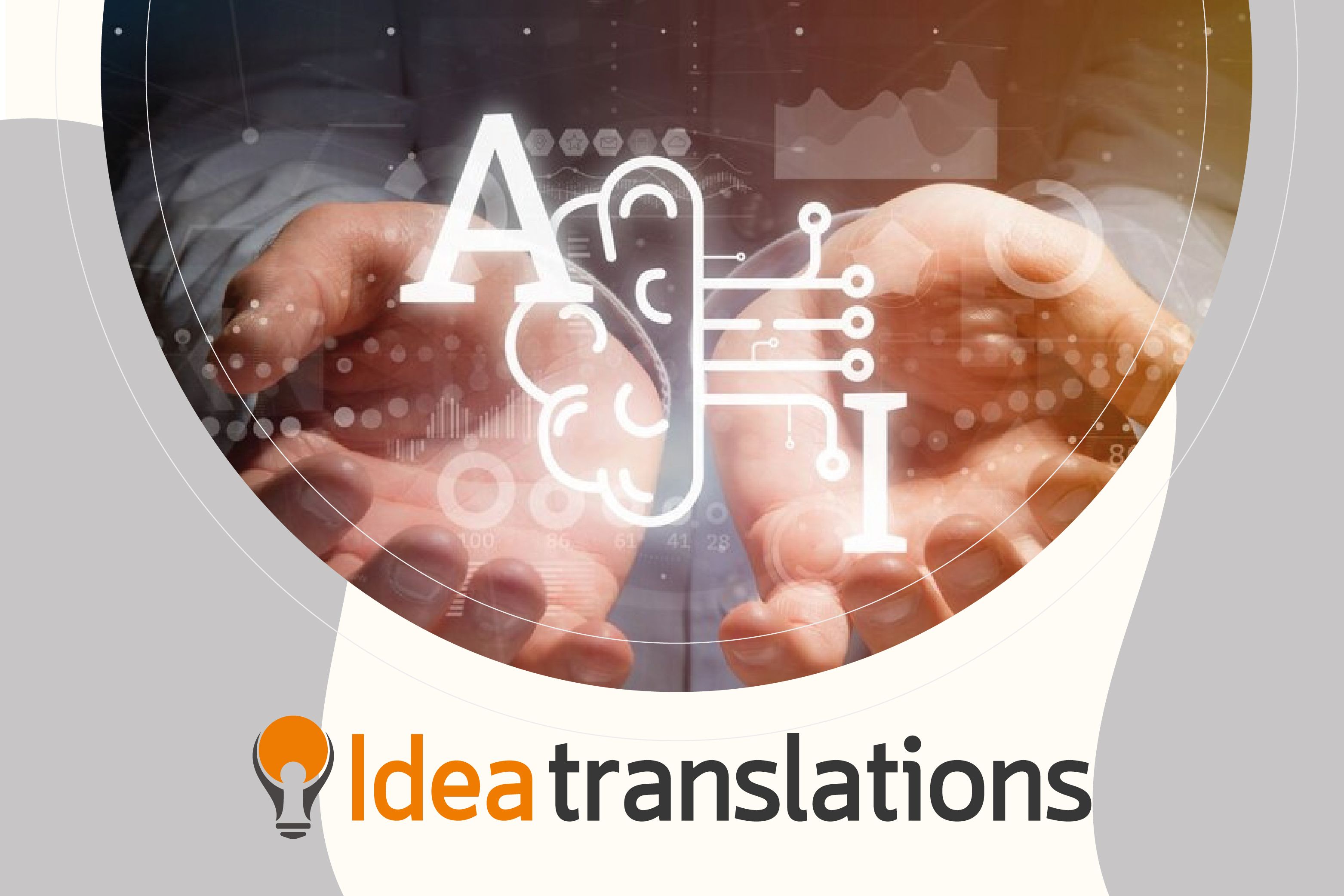
Automatic or Human Translation: Which Alternative to Choose?
In 2022, the global market size for Automatic Translation (AT) was valued at USD 978 million and is expected to expand at an annual growth rate of 13.5% from 2023 to 2030. The increasing globalization of the internet and the growing need to reduce operational costs are expected to drive market growth in the coming years.
This trend causes many organizations to wonder: is it preferable to choose Automatic Translation over Human Translation?
Technological Advancement
Automatic Translation has become a popular option worldwide due to its cost-effectiveness and increasing quality. However, it is still unclear whether it is truly effective in all areas and if it will indeed replace human translators.
Looking a bit back in time, the development of the AT system design can be studied in four periods:
1. The early experimental period (1946-54).
2. The period of large-scale research on ‘direct translation’ systems (1956-66)
3. The period after the ALPAC report where ‘interlingual’ and ‘transfer’ approaches were developed (1966-75).
4. The current period in which interactive systems and artificial intelligence dominate.
Following the advent of Rule-Based Machine Translation in the 1960s, which revolutionized the translation field, the ALPAC report was published in 1966 stating that Automatic Translation was not technically feasible and ended public research funding in this field in the United States. Of course, research did continue, and this led to the emergence of the first neural networks and the development of big data in the 1980s.
It is forecasted that the market size for artificial intelligence will reach USD 305.9 billion in 2024.
Source: Statista
These technological advances have continued, and are still advancing, by leaps and bounds. The applications of Automatic Translation and Artificial Intelligence seem limitless as hundreds of industries and sectors worldwide are embracing these tools.
It’s Not About Choosing, But Combining Skills
Nevertheless, the role of flesh-and-blood translators and interpreters remains key. Let us consider some definitions. For example, the European Association for Machine Translation asserts that Automatic Translation is the application of computers to the task of translating texts from one natural language to another: this has proven to be a difficult goal to achieve, but nowadays there is a reasonable number of systems that produce results that, if not perfect, are of sufficient quality to be useful in various areas.
Multiple research studies agree that Automatic Translation is unlikely to achieve a human-like degree of perfection and accuracy, especially when it comes to hyper-specific content such as in the fields of law, science, health, and commerce.
Unlike humans, machines have difficulties and even poor performances (which can lead to bad interpretations with very negative effects) related to two basic translation issues: precision and fluency. Precision refers to the fidelity of the translation to the source text, ensuring that all the information and nuances are preserved in the target text. Fluency describes how well the translated text conforms to the norms and naturalness of the target language, making it easier for the reader to understand and process the information.
“For the most part, Google Translate is very precise. Since its creation in 2006, it has become one of the highest-rated Automatic Translation tools and currently supports 133 languages, having added 24 in 2022. Precision varies according to the language pair and the type of content, although some reports show that Google Translate is able to reach 94% accuracy,” the specialized site Slator claims.
However, even though this performance is more than positive and the speed of Automatic Translation cannot be questioned, the remaining 6% also counts. There are many languages that are not represented by Automatic Translation software, for example. The consequences of that percentage of poor-quality translations can be catastrophic, as has been demonstrated in fields such as medicine and diplomacy.
Moreover, a deep understanding of various factors such as jargon, nuances, socio-cultural history, and the worldview of each country and specific community of speakers can only be ensured by an experienced human professional.
While machines can carry out high-quality linguistic projects, the hybrid approach, collaboration, and human contribution will continue to be essential to ensure precise outputs. In a changing world with new demands and needs from audiences, choosing a holistic approach appears to be the best strategy.



